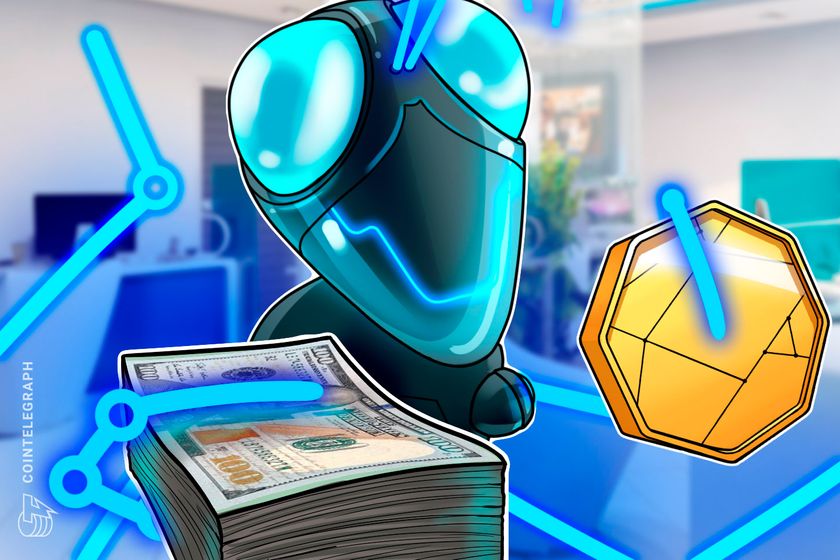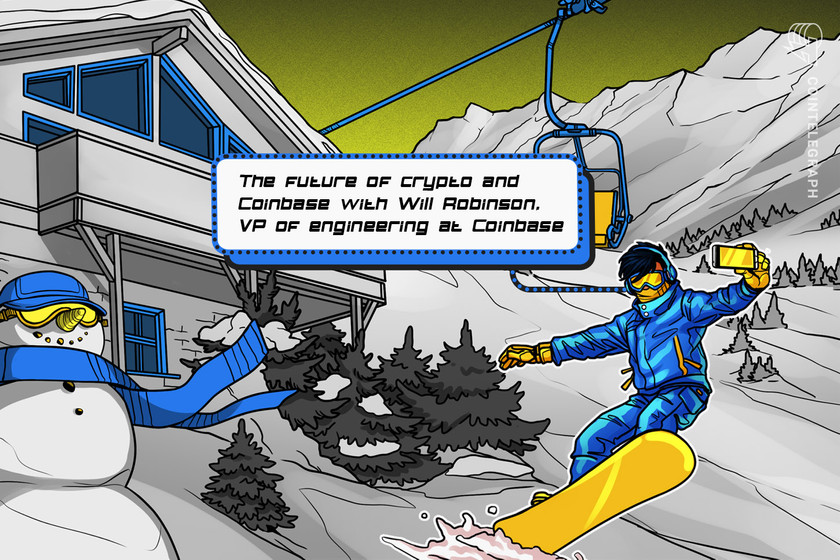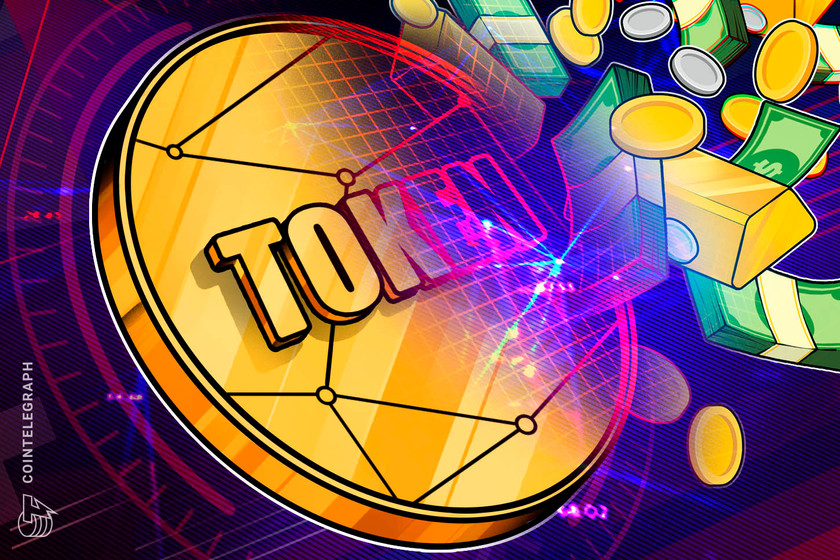Palau advances CBDC with Ripple in phase 2 of PSC program launch


The second phase of the PSC program will prioritize the development of a digital ecosystem and increased user engagement, emphasizing adherence to regulatory compliance.
The Ministry of Finance of Palau officially launched the second phase of its Palau Stablecoin (PSC) program. Jay Hunter Anson, a cybersecurity consultant in Palau and adviser to the Ministry of Finance, confirmed the program’s second phase launch on Dec. 15 in a post on X (formerly Twitter).
Anson said that Palau aims to extend its partnership with Ripple in phase two, allowing the PSC team to leverage Ripple’s central bank digital currency (CBDC) platform and technical expertise.
PSC is a digital currency pegged to the United States dollar, which uses Ripple’s XRP Ledger.






















